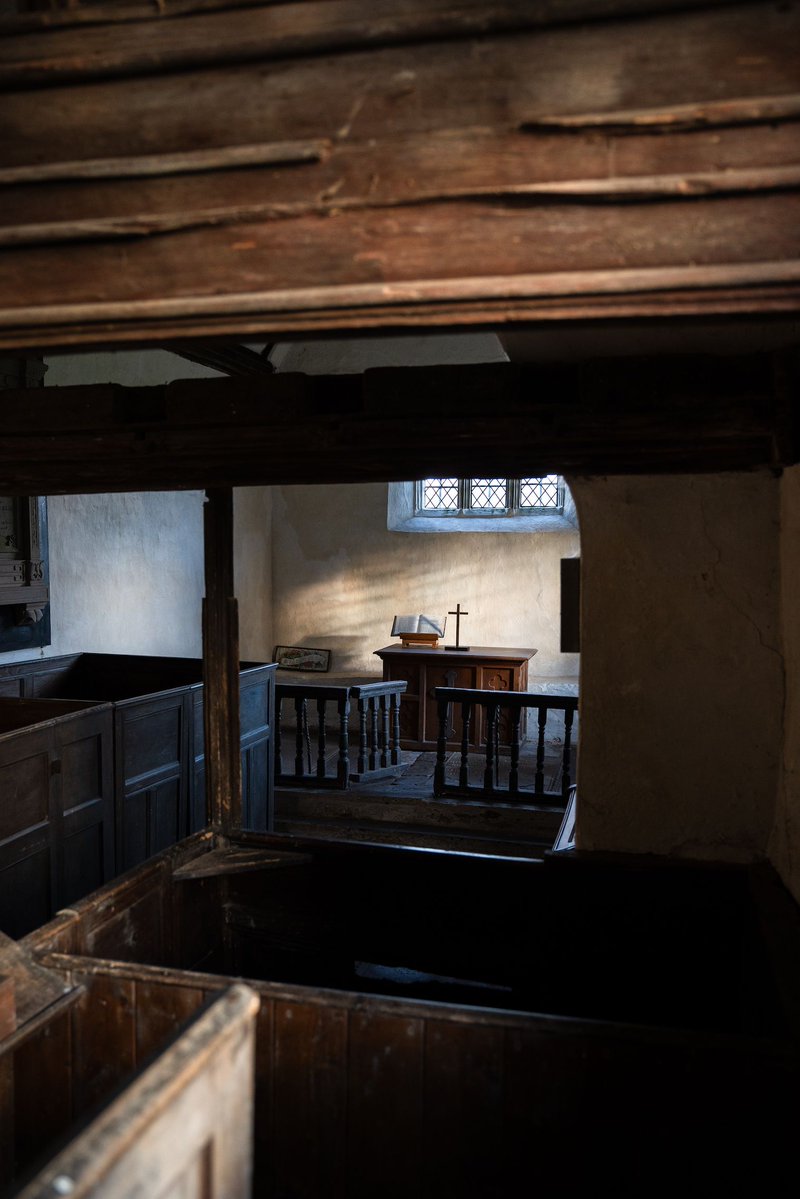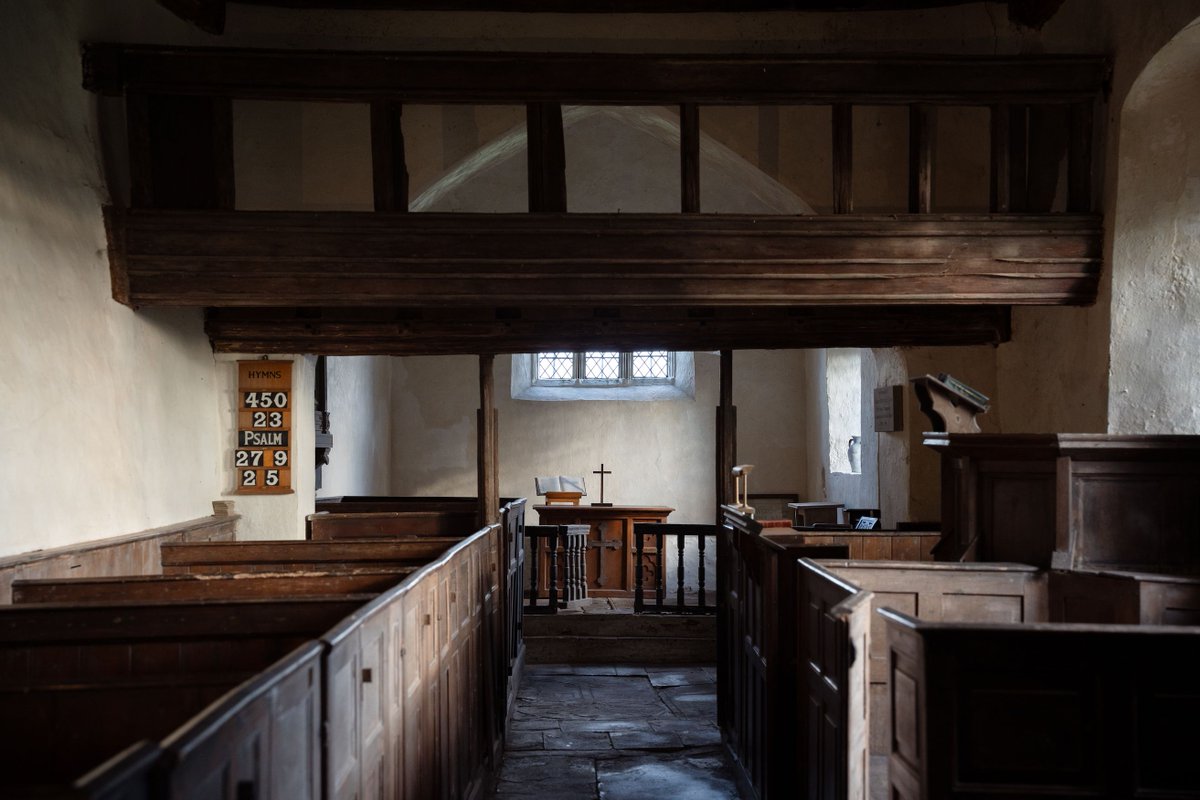In 2009, we found St Edmund’s head all over again. This time, it was under hundreds of years of paint and plaster - not in a woods guarded by a wolf…
#thread
#thread
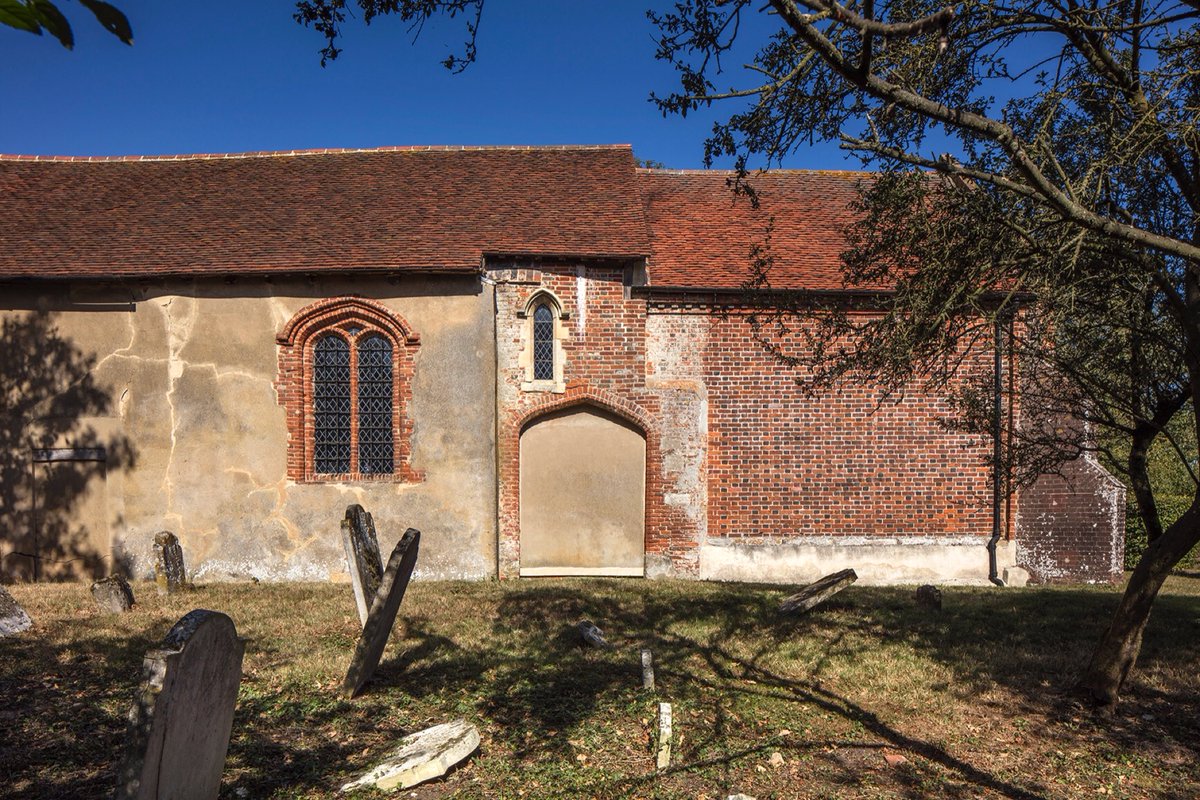
Edmund was an Anglo-Saxon Christian king who ruled East Anglia in the 9th century. He was killed in battle by Danish invaders. Legend has it Edmund was captured alive; whipped and lashed while tied to a tree, then shot with arrows and decapitated.
2/
2/

His head was cast away in the forest. A grey wolf guarded it. Some of Edmund's supporters found the head of the king, which miraculously reunited with his body, and was then buried in a small chapel...
3/
3/
During repairs in 2009 at St Mary’s, Mundon in Essex an island of plaster detached from the north wall of the nave, revealing the crowned king. He is in three-quarter profile; outlined in red; his hair painted red; his eyes black. Danes shoot arrows at him.
4/
4/

Behind the saint are vestiges of a bow, hand and arrow: the bow outlined in black; the arrow and hand in red. Facing him are the remains of two hooded figures in profile, the nearest is shooting another arrow.
5/
5/

The remains are fragmentary and faint, but the wall-paintings conservators and experts from Courtauld Institute of Art are confident this scene depicts the martyrdom of St Edmund, and that it was painting in the 1300s.
6/
6/
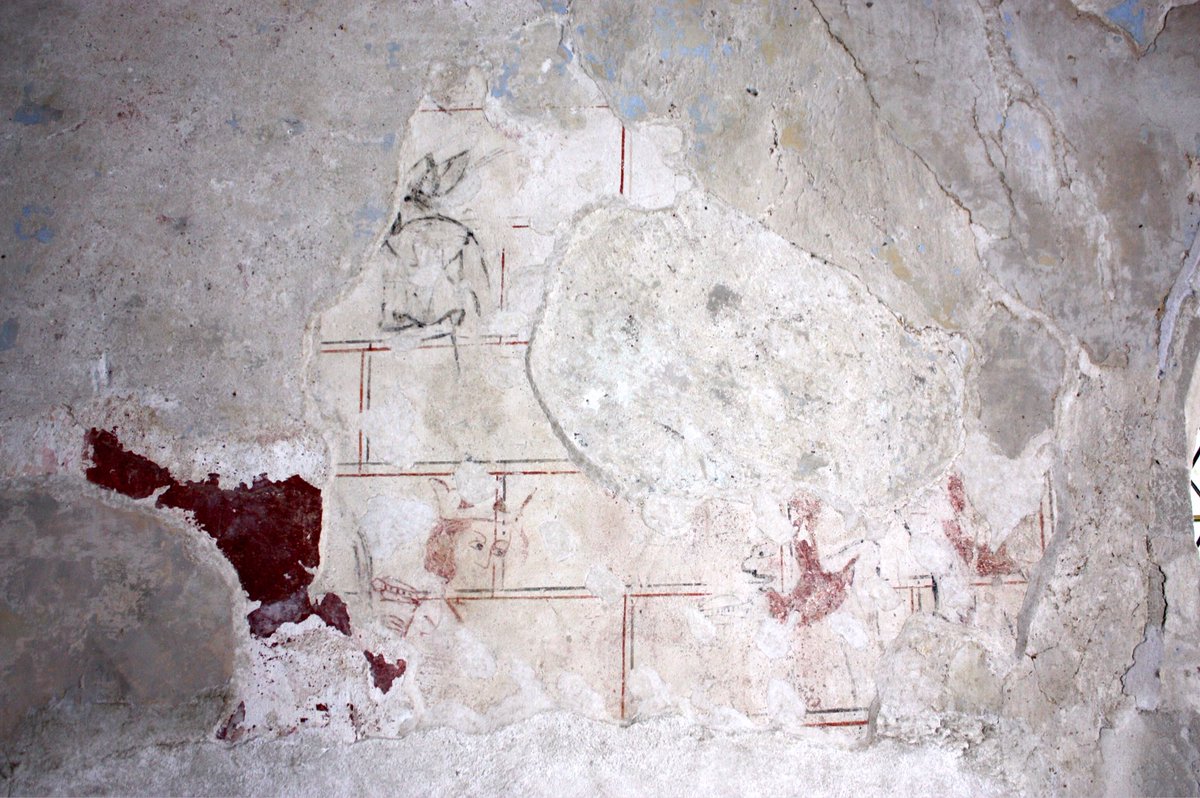
In the 1970s, St Mary's, Mundon was to be demolished - if it didn't collapse first. If it had, we would never have known that St Edmund's martyrdom played out on the walls. There is still so much to discover and learn about our churches.
#StEdmundsDay
7/7
#StEdmundsDay
7/7

Bonus tweet:
Here are some other, more substantial, medieval St Edmunds in churches -
1. Bishopsbourne, Kent
2. Belchamp Walter, Essex
3. Stoke Dry, Rutland


Here are some other, more substantial, medieval St Edmunds in churches -
1. Bishopsbourne, Kent
2. Belchamp Walter, Essex
3. Stoke Dry, Rutland


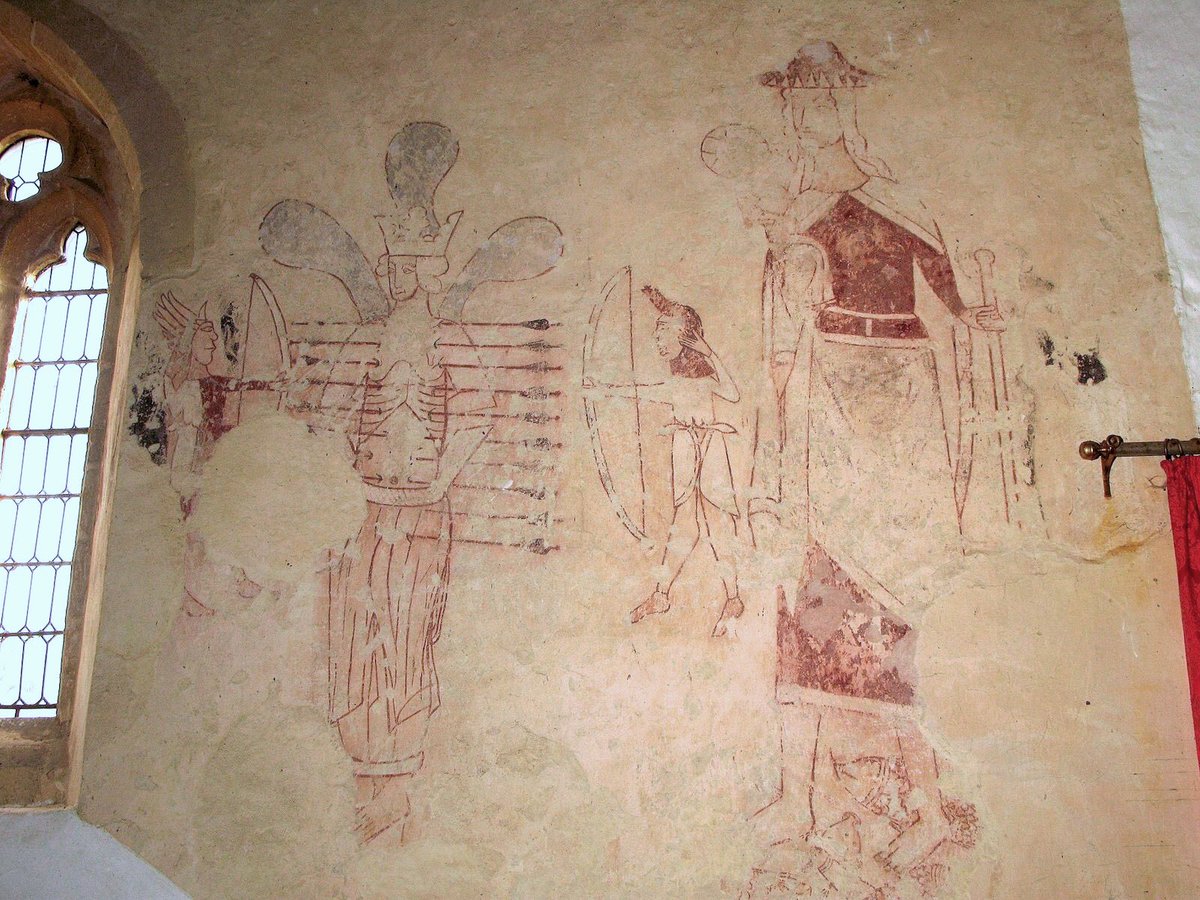
• • •
Missing some Tweet in this thread? You can try to
force a refresh











